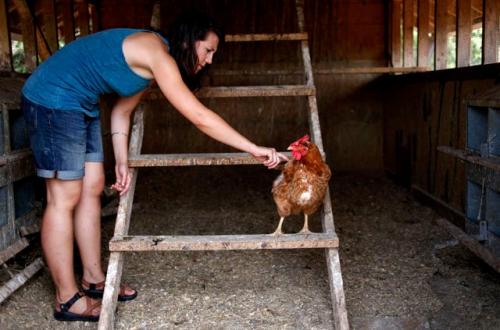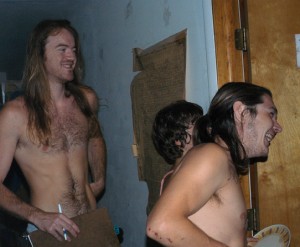This is a question I am asked often these days (& years…). For most of this summer, my answers were ambiguous: well, they seem to be alright, but they sure are not making much honey, they are swarming a lot; in general, they seem to be holding their own, but not really kicking butt, y’know what I mean?
Then a raised eyebrow and “any CCD?” (colony collapse disorder). No, no, I reassure them; fortunately, we have not had that scenario.
We currently have 20 hives (including 2 top bar hives). We harvested a little honey a few weeks ago: the second consecutive year of lowest ever honey harvest – average of 1.5 gallons of honey per hive (our average had been 5 gal/hive). Then I got worried: maybe we took too much honey and did not leave them enough for winter (that happened last year).
BUT – here it is Oct 2 and y’know what? Our bees are doing fantastic! Better than they have all year (maybe 2-3 years…): they have good brood & populations, energy in the hives is focused, and they are bringing in honey & pollen. It is being a beautiful fall: finally, some dry weather, comfortable temperatures, and lots of wildflowers (as well as our planted buckwheat). The change in the hives is remarkable.
My current theory: we have not done any of the “chemicals” for 10 years and now we are off all “treatments” – even organic ones. We are also not bringing in queens from the outside. I figger the bees are coming back to their equilibrium in this environment – which is a mixed one: there are conventional crops within their flying range – but not very many; however, some of the symptoms we saw this summer were eerily similar to effects of exposure to pesticides. Yikes! That’s scary.
AND – I am reading an AWESOME BOOK: I highly recommend it:
 The FEC is a union of egalitarian communities which have joined together in our common struggle to create a lifestyle based on equality, cooperation, and harmony with the earth.
The FEC is a union of egalitarian communities which have joined together in our common struggle to create a lifestyle based on equality, cooperation, and harmony with the earth.

















 The Communities Conference
The Communities Conference








